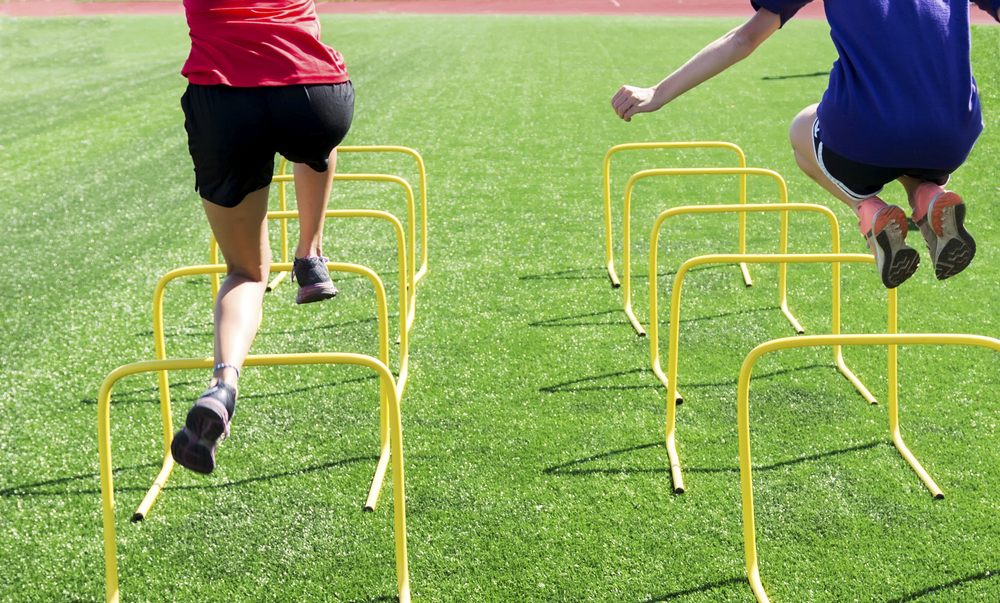What is Plyometrics Training?

Plyometrics is a misunderstood aspect in physical training. Some athletes feel that plyometrics isn’t necessary, especially if their sports don’t involve specific movements, like jumping. However, plyometrics isn’t really about movement, it’s about improving your overall strength, which is useful for any athlete, regardless of their sports. Golfers and boxers don’t need to jump around, but plyometrics can help them to bring out all the potentials of their power. Plyometrics isn’t only about boosting your jumping performance, but can improve speed expression as well. They key concept is that you can better perform the ‘triple extension’. It means that synergistic extensions of your ankle, knee and hip are created simultaneously.
With plyometrics, you can propel your body powerfully through different planes of movement. Triple extension allows you to jump and sprint better. You can better improve your overall athletic performance through various plyometric training. If you train with multiple plyometric drills, it’s possible to enhance speed and you can become an impactful athlete. However, plyometric trainings are not created equal. There exercises with different level of impacts.
For the early stage of development, you can perform lower impact plyometric drill. It is as easy as doing jump role training regularly. It’s something that’s easy to do, including younger athletes. Other types of low-level plyometrics are explosive push ups, long jumps, vertical jumps, ankle hops, single leg push offs, jumps to a low box, bounding and skipping. Plyometric training helps to develop your muscular coordination and you can step up to higher level of performance.
Intermediate level plyometrics include lateral cone hops, double long jumps with a couple of long jumps, lateral medicine ball toss, backwards medicine ball throw, depth jumps and pushup with depth jump. The final plyometric stage expands abilities that you gain from two earlier exercises. To gain the most benefit, make sure that you take the time to master the first two levels of plyometrics. As you become proficient with the advanced level of plyometrics, your body will toughen and be more efficient. Avoid proceeding to the advanced plyometrics training if your body isn’t prepared yet, because it will lead to intense tiredness and injuries due to overuse.
Advanced level of plyometrics include depth jump to box hop, depth jump with sprint, single leg jumps, depth jump with lateral sprint, depth jump with forward sprint, weighted plyometrics and power drop. When doing weighted plyometrics, you need to wear weighted vest. Begin with a vest that has minimal weight and progress to heavier vest. Don’t increase weight too soon and upper limit should be 10 percent of bodyweight. So, if you weigh 180 lbs, then your weighted vest shouldn’t be more than 18 lbs.
One way to decide the training volume is by monitoring food contacts each week. You should have early plyometrics exercise if you have less than 150 foot contacts each week. Intermediate plyometrics training is suitable for athletes with 150 to 250 foot contacts per week. Proceed to advanced level if you have more than 250 foot contacts each week.
